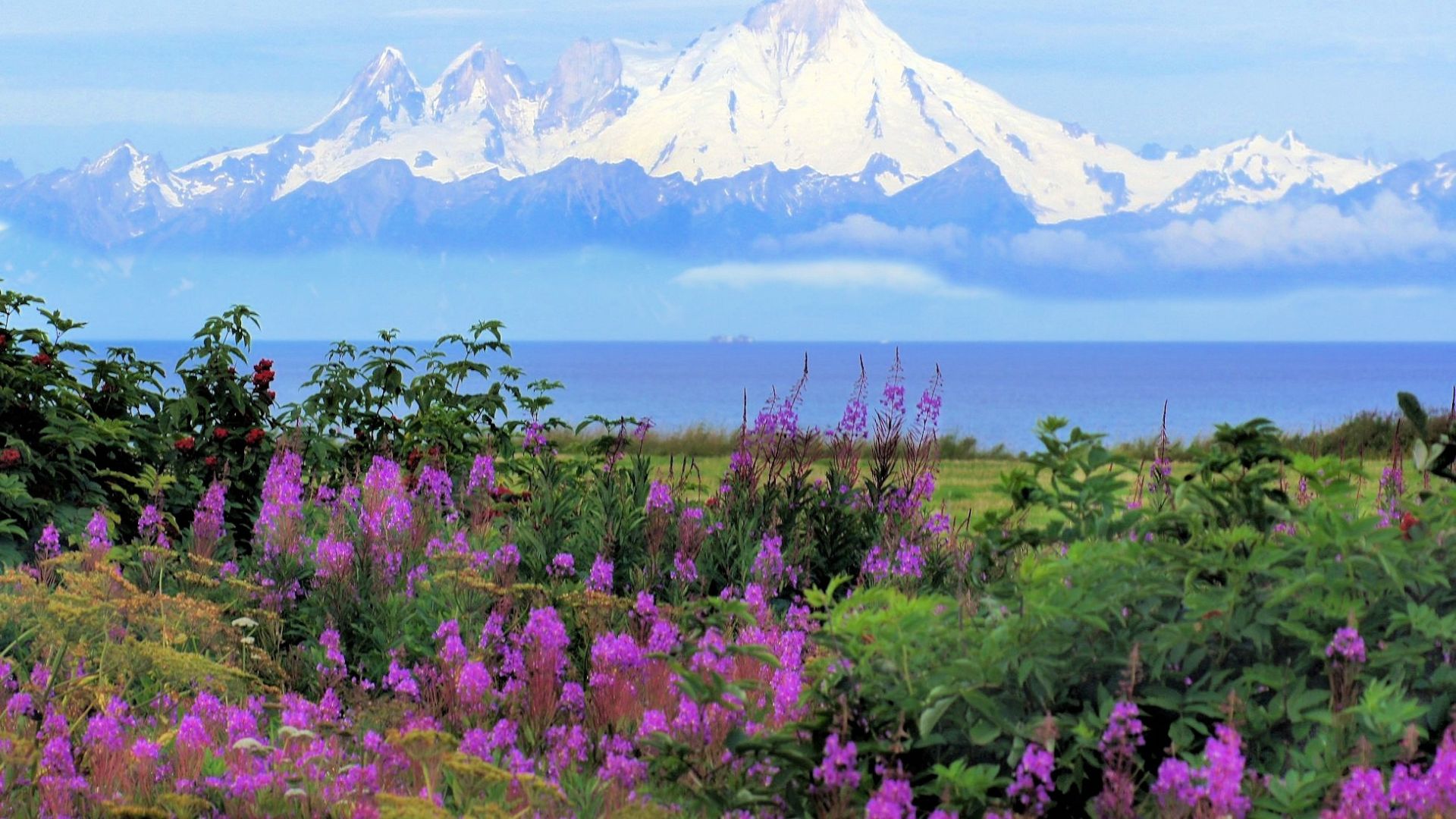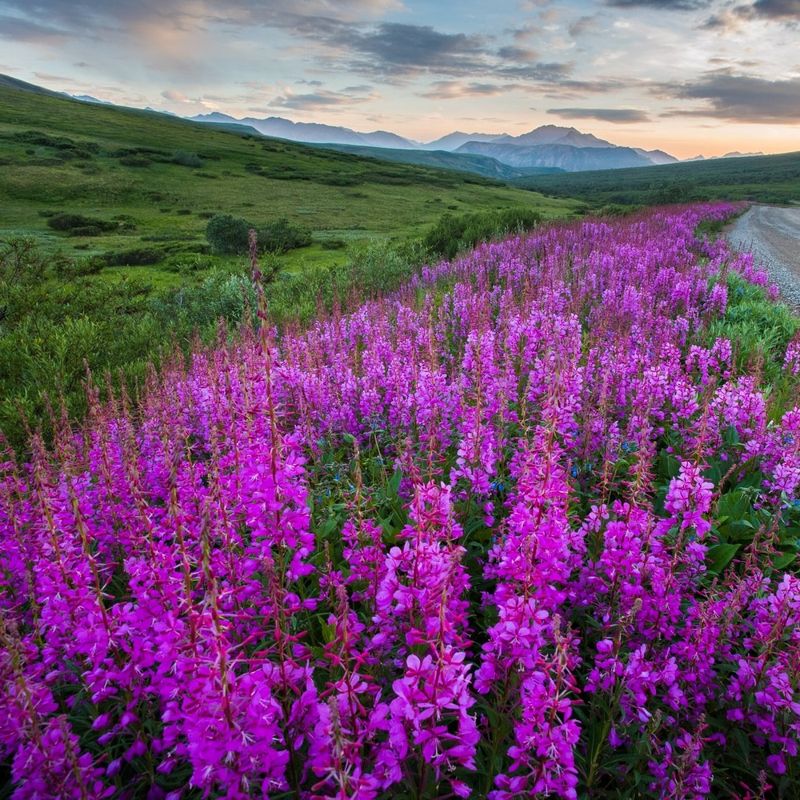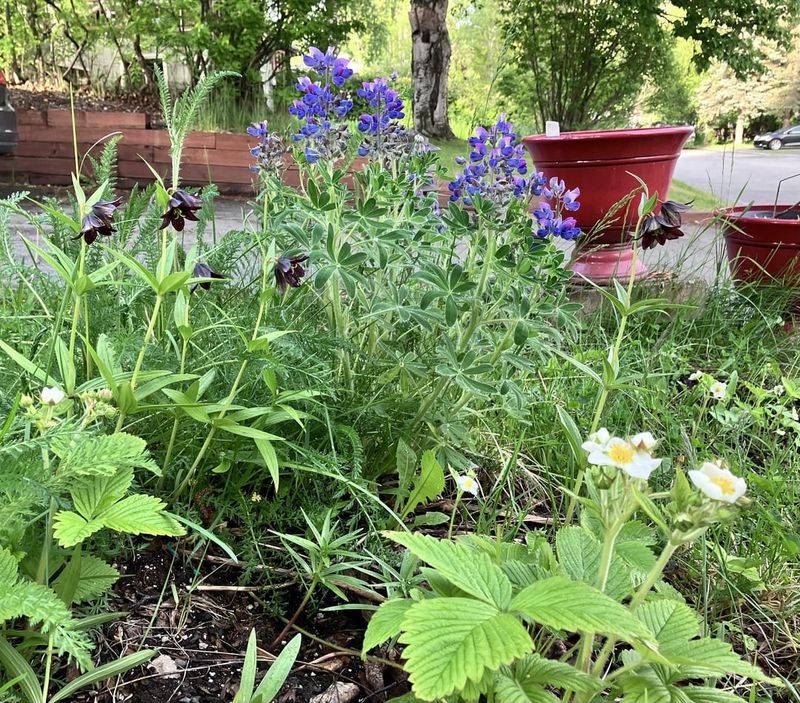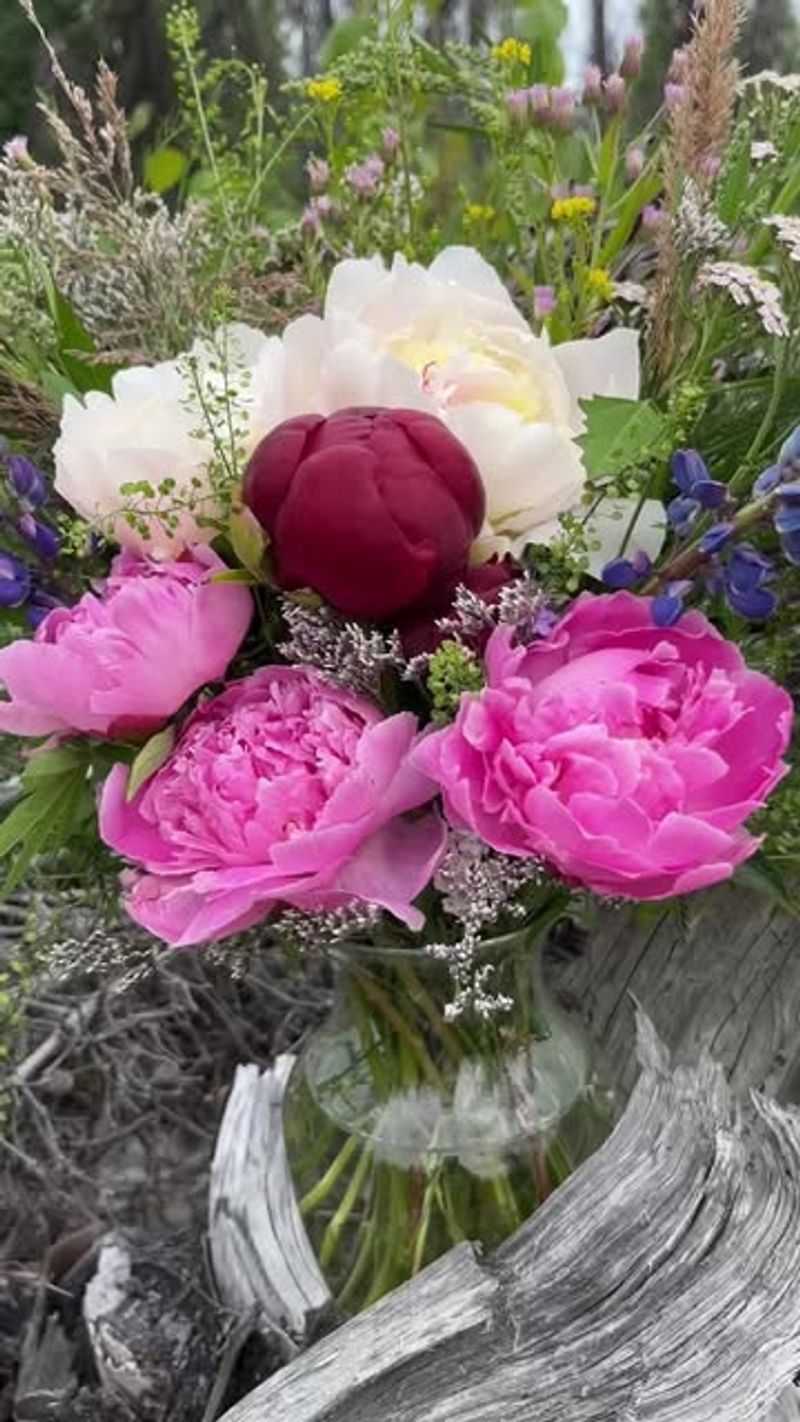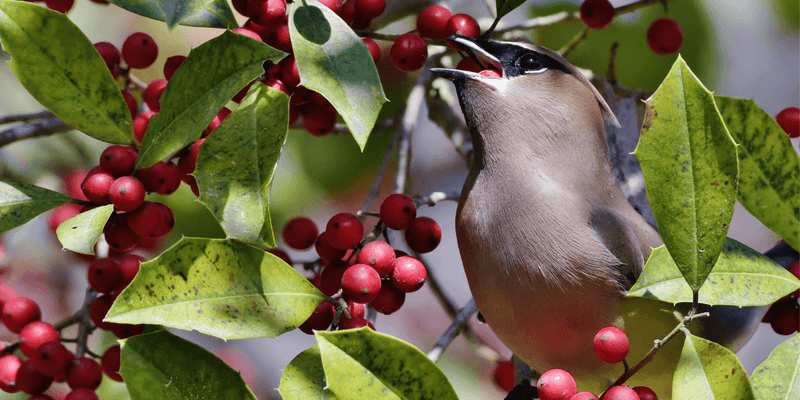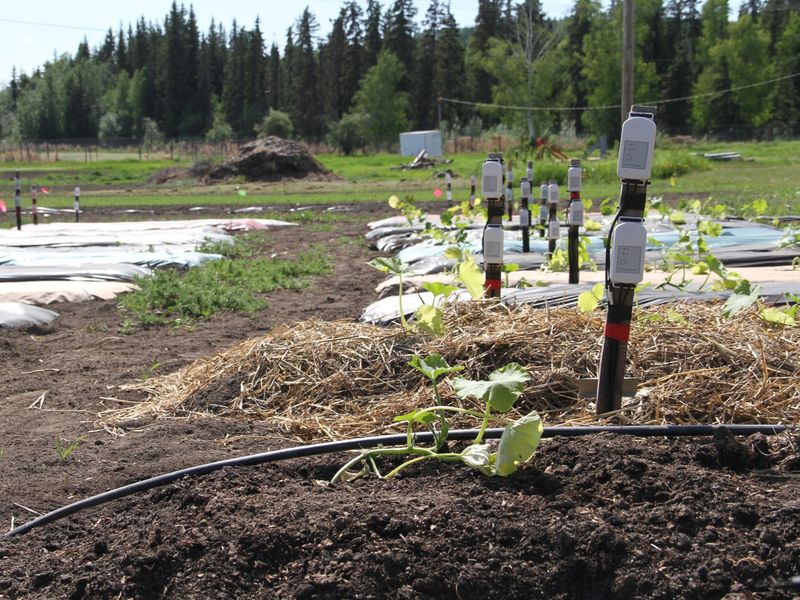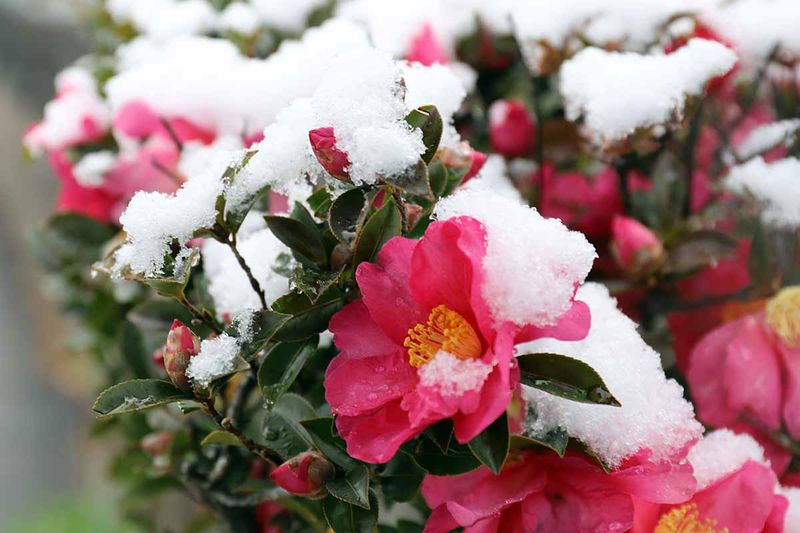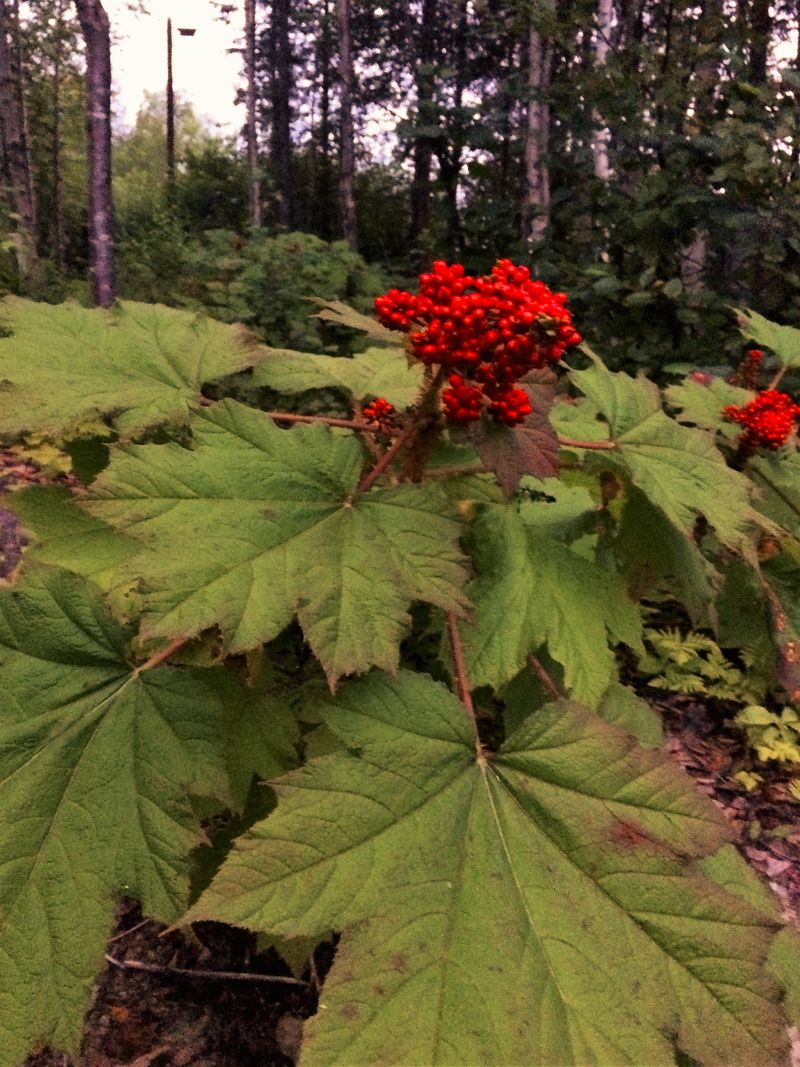Wild gardening in Alaska offers a unique opportunity to work with nature rather than against it. The Last Frontier’s challenging climate and short growing season might seem intimidating, but embracing native plants can create a thriving ecosystem right in your backyard.
I’ve noticed that Alaskan wild gardens require less maintenance once established, as the plants are already adapted to the local conditions. They’ve evolved to handle everything from permafrost to midnight sun.
Starting a wild garden in Alaska connects you to the state’s natural heritage while providing food and shelter for local wildlife. The satisfaction of seeing native fireweed, wild roses, and berry bushes flourish where a traditional lawn once struggled is incomparable.
1. Choose Native Alaskan Plants
The secret to successful wild gardening begins with plant selection. Native species like fireweed, lupine, and wild geranium have already mastered survival in Alaska’s challenging environment.
These plants require minimal intervention once established. Their root systems are designed to handle the freeze-thaw cycles that define Alaska’s seasons.
Local nurseries often carry native plant starts, but you can also collect seeds from public lands with proper permissions. Remember that native plants support native wildlife, creating a mini-ecosystem in your yard.
2. Understand Your Microclimate
Alaska isn’t one uniform climate—your backyard has its own microclimate influenced by factors like elevation, proximity to water, and surrounding structures. Take time to observe where snow melts first and where water collects.
South-facing areas receive more sunlight and warmth, making them ideal for plants that need longer growing seasons. North-facing spots stay cooler and moister, perfect for shade-loving natives.
Wind patterns matter too! Note which areas get natural protection from harsh winter winds.
3. Work With The Short Growing Season
Making the most of Alaska’s brief but intense summer is crucial for wild gardening success. The midnight sun provides nearly 24 hours of growing light during peak season, which can supercharge plant growth.
Layer your garden with early, mid, and late-season bloomers. Spring beauties and wild forget-me-nots emerge first, followed by summer’s fireweed and fall’s wild asters.
Some plants like dwarf dogwood and lingonberry actually benefit from winter’s protective snow cover, continuing their life cycles beneath the white blanket.
4. Create Wildlife Habitat Zones
Wild gardens shine when they become havens for local wildlife. Berry-producing plants like wild blueberries, cranberries, and rosehips attract birds while providing you with foraging opportunities.
Leave some areas unmulched and undisturbed for ground-nesting bees and beneficial insects. Dead logs and rock piles create microhabitats for small creatures that help control pests naturally.
Consider adding a small pond or water feature—even in Alaska, wildlife needs drinking water, especially during dry summer spells.
5. Manage Soil For Northern Conditions
Contrary to what you might expect, Alaska’s soil isn’t uniformly rich despite the lush wilderness. Many areas have acidic soil from conifer forests or poor drainage from permafrost below.
Before planting, test your soil to understand what you’re working with. Many Alaska natives prefer slightly acidic conditions, making them perfect for areas where other plants struggle.
Adding local compost helps, but avoid excessive fertilization. Wild plants typically thrive with less nutrient input than conventional garden varieties.
6. Embrace Winter Design Elements
A truly successful Alaskan wild garden looks interesting year-round, even under snow. Plants with architectural structure like native grasses and shrubs create winter interest with their seed heads and branches.
Red-twig dogwood provides stunning color against white snow. Evergreen groundcovers like kinnikinnick remain visible during winter thaws, adding welcome touches of green.
Consider how snow will drift and pile in your garden. These natural snow sculptures can become beautiful winter features rather than obstacles to work against.
7. Practice Sustainable Maintenance Techniques
Wild gardens aren’t no-maintenance—they’re differently-maintained. Leave perennials standing through winter instead of cutting them back; they’ll protect plant crowns and provide food for birds.
Rainwater harvesting makes sense even in Alaska. Collect summer rain in barrels for dry periods, reducing your need for municipal water.
Avoid chemical interventions whenever possible. Native plant communities develop natural resistance to local pests and diseases when allowed to establish their own balance.

